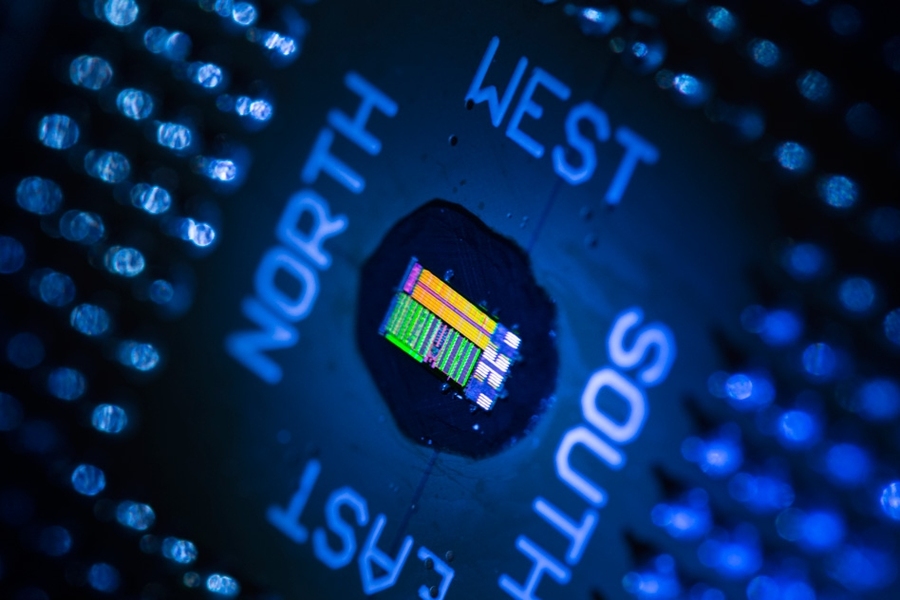MIT researchers announced today a breakthrough photonic chip that processes information using light instead of electricity, achieving speeds 100 times faster than current electronic systems.
Why it matters: Scitechdaily reports that MIT’s photonic chip fundamentally transforms computing speed by processing an entire neural network 58 times within a single tick of a standard CPU clock, potentially revolutionizing applications from self-driving cars to artificial intelligence.
Technical Achievement: Ars Technica reports that the new chip represents a significant leap in processing capability, combining unprecedented speed with practical manufacturing potential. The researchers achieved remarkable performance metrics using standard CMOS processes while maintaining compatibility with existing production methods.
- 410 picosecond processing latency
- 92% accuracy on vowel recognition
- 132 parameter support capacity
Real-World Applications: The technology shows particular promise for autonomous vehicles and safety systems where split-second processing can prevent accidents like this. The chip’s ability to process lidar signals faster than human reflexes makes it especially valuable for automotive vision systems.
- Direct optical input processing
- Sub-millisecond response time
- Enhanced safety capabilities
Manufacturing Outlook: The researchers’ decision to use standard CMOS processes positions the technology for rapid commercialization:
- Compatible with existing facilities
- Scalable production potential
- Multi-chip integration possible
Looking Forward: While current chips support only 132 parameters compared to the trillion used in large language models, researchers suggest multi-chip systems could bridge this gap, potentially enabling more complex applications in the future.




















